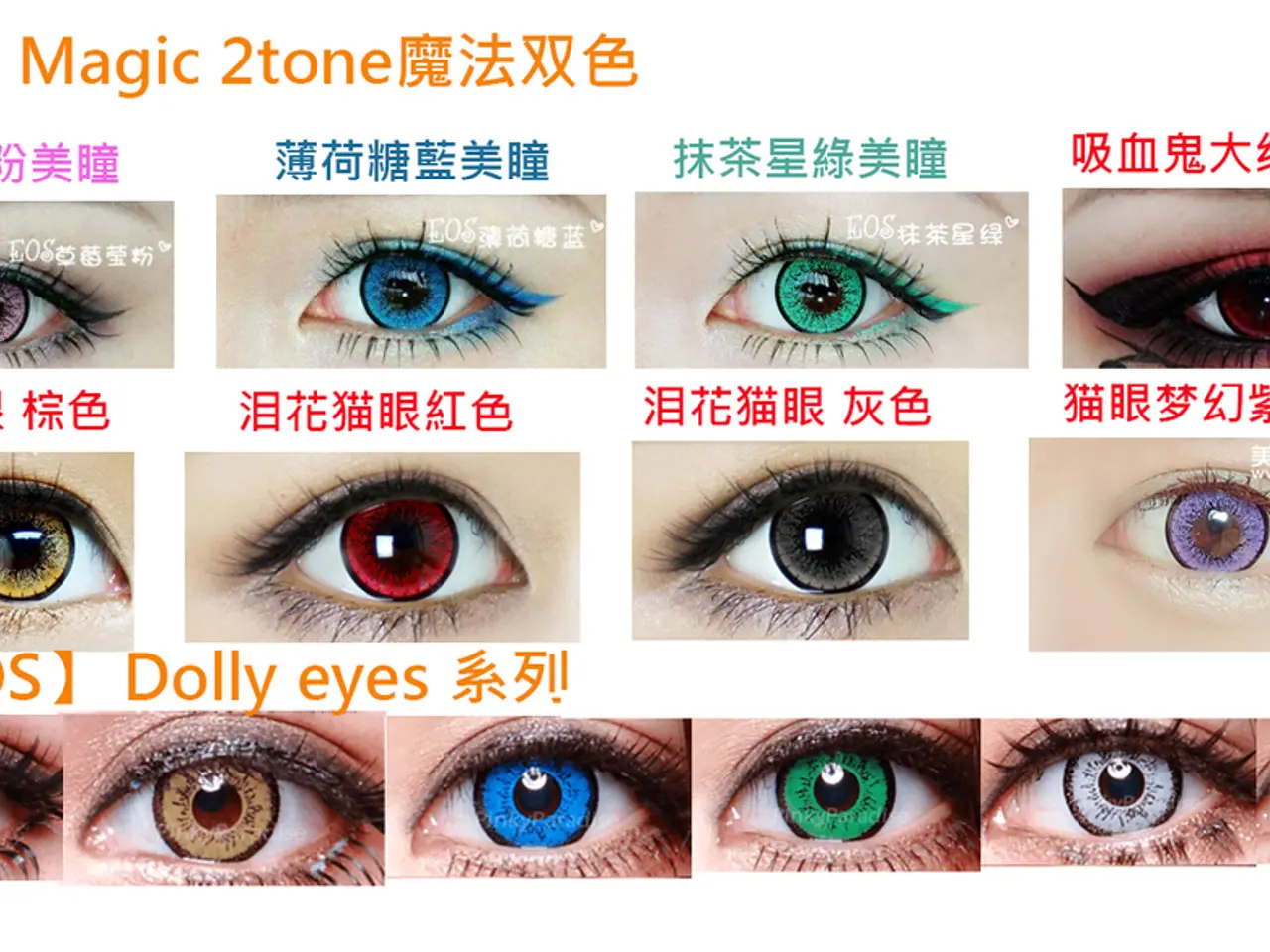Understanding the Basics of Camera Lens Accessories: Filters Explained
Camera lens filters have become an essential tool for photographers and videographers, offering a variety of benefits that can significantly improve the quality and creativity of images and videos. These circular, transparent or semi-transparent pieces of glass or resin, equipped with protective coverings, are screwed onto the front of a lens to modify light and enhance the visual appeal of a scene.
UV Filters: Protection and Clarity
The most common camera lens filters are UV (Ultraviolet) filters. Primarily used for protecting the lens from scratches, dust, moisture, and dirt, UV filters also reduce ultraviolet haze and fogginess, making them beneficial especially in outdoor photography. They have minimal effect on digital image quality but serve as physical protective layers for the lens.
Polarizing Filters (CPL): Harnessing the Power of Light
Polarizing filters, often abbreviated as CPL (Circular Polarizer), are a powerful tool for reducing unwanted reflections and glare from non-metallic surfaces like water, glass, or foliage. By blocking vibrating perpendicular light waves, polarizing filters enhance color saturation and improve contrast, making skies appear deeper blue and foliage more vivid. They are rotatable to adjust the polarization effect, especially effective when the light source is at a 90-degree angle to the lens.
Neutral Density (ND) Filters: Mastering Light
Neutral Density (ND) filters are dark-tinted filters that reduce the amount of light entering the lens without affecting color balance. Ideal for shooting motion blur effects (waterfalls, moving crowds) or achieving shallow depth of field in bright daylight, these filters allow for slower shutter speeds or wider apertures in bright conditions to avoid overexposure.
Graduated ND Filters (GND): Balancing Act
Graduated ND filters, also known as ND Grad or GND filters, have a vertical gradient from dark to clear to balance exposure between a bright sky and a darker foreground. Useful in landscape photography to prevent sky overexposure while retaining foreground detail, these filters are available in different "stops" indicating light reduction intensity.
Color Filters: Colourful Creations
Color filters are translucent materials that reflect specific wavelengths of light and absorb the rest, perfect for color photography and black-and-white contrast enhancements. Typically used for creative effects, these filters can enhance or alter colors in the scene.
Special Effects Filters: Unleashing Creativity
Special effects filters include a variety of creative filters such as star filters, soft focus, infrared, kaleidoscopic, prism, spiral halo, and diffusion filters. Used for artistic effects like adding light streaks, halos, diffusing the image, creating multiple image copies or refractions directly in-camera, these filters reduce the need for post-processing.
In summary, camera lens filters are essential tools for photographers and videographers, offering a range of benefits from colour correction and exposure control to reflection reduction. By understanding the specific uses of each type of filter, amateurs can significantly improve their photography skills and unleash their creativity.
- The Photographer's Guide to Camera Lens Filters
- Understanding Camera Lens Filters
- The Ultimate Guide to Camera Lens Filters
- Camera Lens Filters: A Comprehensive Guide
- Camera Lens Filters Explained
- The UV (Ultraviolet) filters, a common type, protect cameras from scratches, dust, moisture, and dirt, and reduce ultraviolet haze, making them beneficial for outdoor photography and serving as physical protective layers for the lens.
- Polarizing filters (CPL) are powerful tools for reducing unwanted reflections and glare from non-metallic surfaces like water, glass, or foliage. By blocking vibrating perpendicular light waves, these filters enhance color saturation and improve contrast, making skies appear deeper blue and foliage more vivid.
- Neutral Density (ND) filters are dark-tinted filters that reduce the amount of light entering the lens without affecting color balance. Ideal for shooting motion blur effects or achieving shallow depth of field in bright daylight, these filters allow for slower shutter speeds or wider apertures in bright conditions to avoid overexposure.
- Graduated ND filters, or ND Grad filters, have a vertical gradient from dark to clear to balance exposure between a bright sky and a darker foreground. Useful in landscape photography to prevent sky overexposure while retaining foreground detail, these filters are available in different "stops" indicating light reduction intensity.




